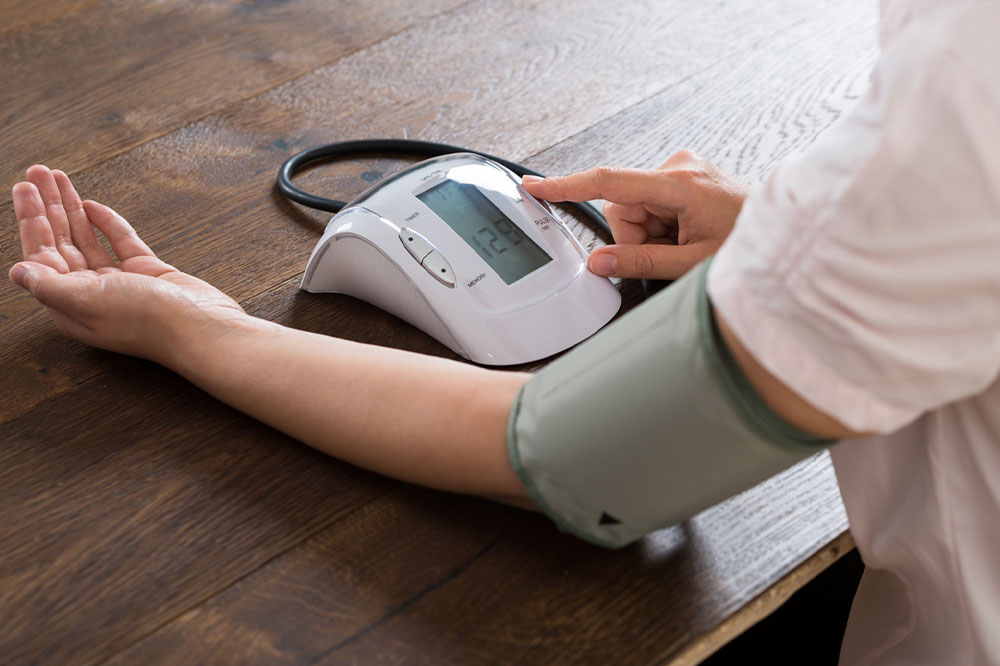Essential Guide to Blood Pressure Monitors: Types and Top Selections
Learn the essentials of choosing the right blood pressure monitor, including types, features, and top models for accurate health tracking at home. This guide helps you make informed decision for effective cardiovascular management.

Essential Guide to Blood Pressure Monitors: Types and Top Selections
Monitoring your blood pressure is vital for maintaining cardiovascular health. Variations in blood pressure levels can pose serious heart risks, making regular checks necessary, especially for high-risk individuals. Understanding the various types of monitors and selecting the best options can help you make informed decisions. These devices typically include a cuff, a display panel, and mechanisms for inflation and deflation to provide accurate measurements. Proper usage ensures dependable results, making home blood pressure monitoring a practical solution for health management.
How to measure blood pressure at home?
Standard setups involve a gauge or digital display, an inflatable cuff, and either manual or automatic inflation systems. The cuff is wrapped around the upper arm and inflated, then gradually deflated while the device records systolic and diastolic readings. Accuracy depends on correct cuff placement and following operational instructions carefully.
Blood pressure readings consist of systolic (top number) and diastolic (bottom number). Home monitors facilitate easy tracking, especially for those with hypertension or risk factors. Consistent measurements are key to effective health management.
The main types of home blood pressure monitors include:
Upper arm monitors: These automatic devices inflate cuffs around the upper arm, provide clear results, and often include risk level indicators. Some models support connectivity for data sharing with healthcare providers.
Wrist monitors: Fully automatic, these measure blood flow vibrations for pressure readings. While compact and portable, they can be slightly less accurate than arm monitors if not positioned correctly.
When choosing a blood pressure monitor, consider performance, features, and budget. Tips include:
Proper fit: Measure your arm or wrist circumference to select the correct cuff size. Many models come with adjustable cuffs to ensure accuracy.
Budget considerations: Prices typically range from $40 to $100. Shop around for discounts and check if insurance covers such Devices.
Ease of use: Select monitors with large, easy-to-read displays and simple controls for user convenience.
Important features: Look for extras like irregular heartbeat detection, multiple user profiles, memory storage, data export, and prominent display digits.
Top 5 blood pressure monitors include:
Omron Upper Arm Gold BP Monitor: Known for fast setup and precise readings, with storage for 120 measurements for two users and risk level indication.
Welch Allyn 1700 Series BP Monitor: Features a comfortable cuff, easy app integration, and quick, reliable measurements suitable for home use.
A&D Premier Talking BP Monitor: Offers voice-guided results, helpful for visually impaired users.
Microlife WatchBP Home: Detects atrial fibrillation with high accuracy, records up to 250 readings, and comes with a long warranty.
Omron 5 Series Wireless Upper Arm Monitor: Stores 60 readings with date and time, connects via Bluetooth, and supports app connectivity for ease of use.


